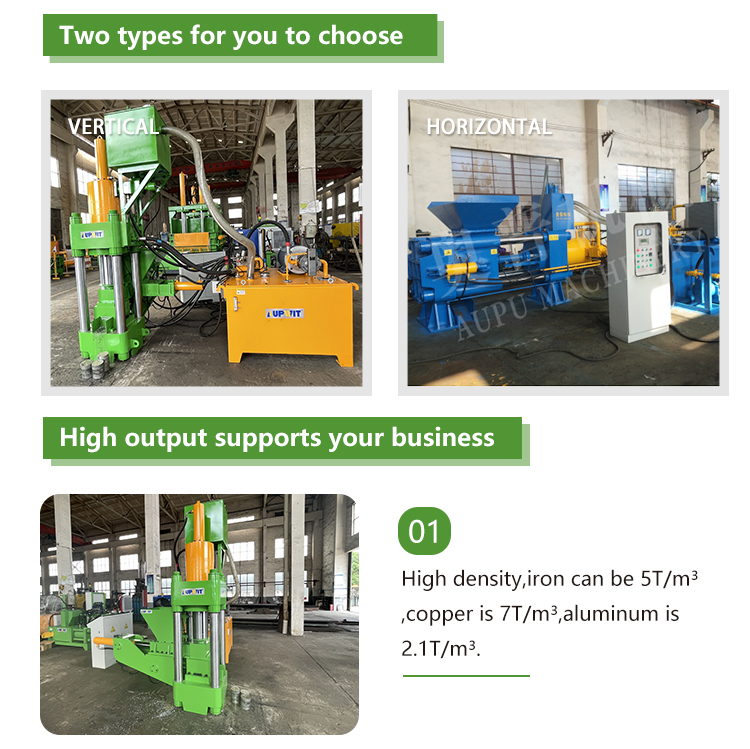Evaluating the quality of briquettes produced by a Briquetting Press involves checking several key parameters. Here are the main criteria and testing methods to ensure compliance with industry standards:
1. Density & Hardness
-
Acceptable Range: 1.0–1.4 g/cm³ (varies by material).
-
Test Method: Weigh and measure dimensions to calculate density.
-
Hand Test: High-quality briquettes should not crumble easily when dropped or squeezed.
2. Moisture Content
-
Ideal Range: Below 10–12% for biomass, <5% for metal briquettes.
-
Test Method: Use a moisture meter or oven-dry a sample to measure weight loss.
-
Impact: Excess moisture reduces combustion efficiency and causes cracking.
3. Durability & Abrasion Resistance
-
Tumbler Test: Rotate briquettes in a drum for 10 minutes; <5% breakage is acceptable.
-
Drop Test: Drop from 1–2 meters; good briquettes remain intact.
4. Calorific Value (For Fuel Briquettes)
-
Expected Range: 3,500–8,000 kcal/kg (depends on feedstock).
-
Test Method: Lab analysis using a bomb calorimeter.
5. Shape & Size Consistency
-
Visual Inspection: Uniform shape without cracks or deformities.
-
Measurement Check: Diameter/length should match specifications (±2mm tolerance).
6. Combustion Performance (For Fuel Briquettes)
-
Burn Test: Should burn steadily with minimal smoke and ash residue.
-
Ash Content: High-quality briquettes leave <5% ash (biomass) or <1% (charcoal).
7. Binder Effectiveness (If Used)
-
Dissolution Test: Soak in water—good briquettes should not disintegrate quickly.








